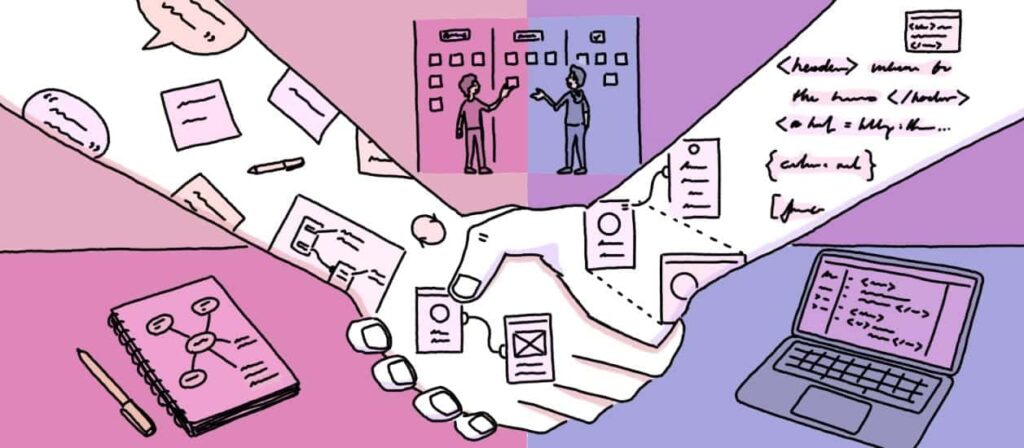Collaboration and workflow best practices are crucial in the complex process of game design and development. In a successful collaboration, every team member brings their unique skills and expertise to the project. Collaboration begins with setting clear goals and expectations and regular communication. Workflow best practices refer to the steps and processes that should be followed to create a game from start to finish. A successful workflow starts with planning and research followed by development, quality assurance testing, and game release. Effective collaboration and workflow best practices require continuous evaluation and feedback incorporation to enhance the game’s performance and user experience.
Game Design and Development: Collaboration and Workflow Best Practices
Game design and development is a complex process that requires input from various professionals, including game designers, developers, artists, musicians, and writers, among others. Collaboration and workflow best practices are essential to ensure that the game creation process runs smoothly and efficiently.
Collaboration in Game Design and Development
Collaboration is essential to the success of a game design and development project. In a successful collaboration, each team member brings their unique skills and expertise to the project, working together to create something greater than the sum of its parts.
Effective collaboration begins with setting clear goals and expectations. Each team member should understand their role in the project and what is expected of them. This includes deadlines for completing individual tasks and milestones for the project as a whole.
Regular communication is also critical for effective collaboration. Teams should establish regular meetings to discuss the project’s progress, raise concerns, and brainstorm solutions to any problems that arise. Teams can also use collaboration tools and platforms such as Trello or Jira to keep track of tasks and progress updates.
Workflow Best Practices in Game Design and Development
Workflow best practices refer to the steps and processes that must be followed to create a game from start to finish. These best practices are essential to ensure that the project stays on track, meets deadlines, and stays within budget.
A successful workflow begins with planning and research. The team must agree on the game’s concept, target audience, and the platform on which it will be released. This includes defining the game’s mechanics, story, art style, and sound design.
Next, the team moves into the development phase. This is where the game’s code, graphics, and audio are created. Each component must be tested thoroughly to ensure that it meets the project’s requirements and performs as expected.
Once the game is coded and assembled, the team moves into quality assurance (QA) testing. QA testing is critical as it helps identify bugs and other issues that could impact the game’s performance. QA testing should be thorough and include a broad range of devices to ensure the game works on different devices and operating systems.
The final step is game release. Before the release, the team should submit the game to platforms such as Steam, PlayStation, or the App Store for review. This ensures that the game meets the platform’s requirements and is optimized for the target platform.
Conclusion
Game design and development are complex processes that require collaboration and workflow best practices to succeed. With clear goals, effective communication, and a solid workflow, teams can create games that meet deadlines, stay within budget, and exceed players’ expectations.
Effective collaboration and workflow best practices are an ongoing process. Teams should continuously evaluate their processes, and identify areas for improvement. Feedback from players and QA testing should be incorporated to enhance the game’s performance and user experience.
